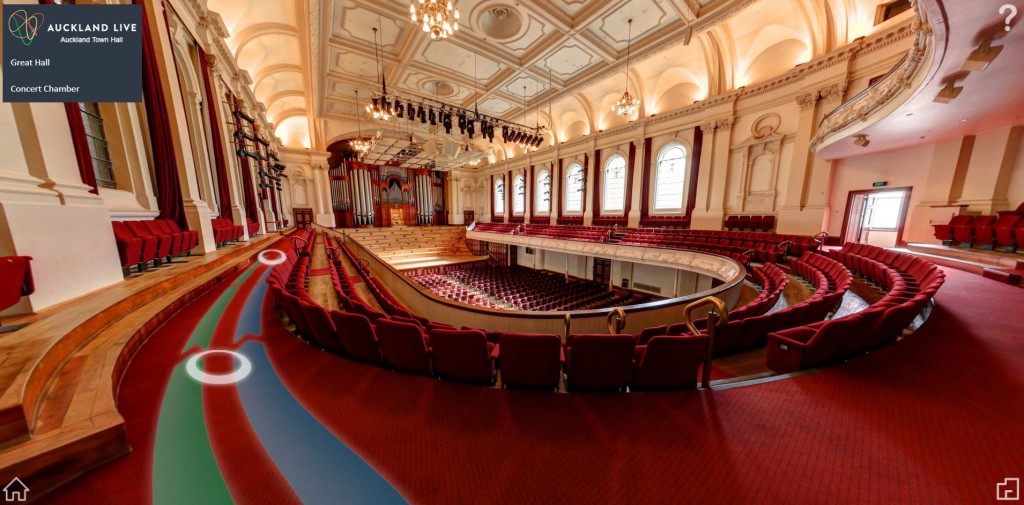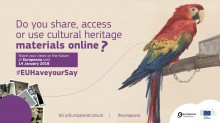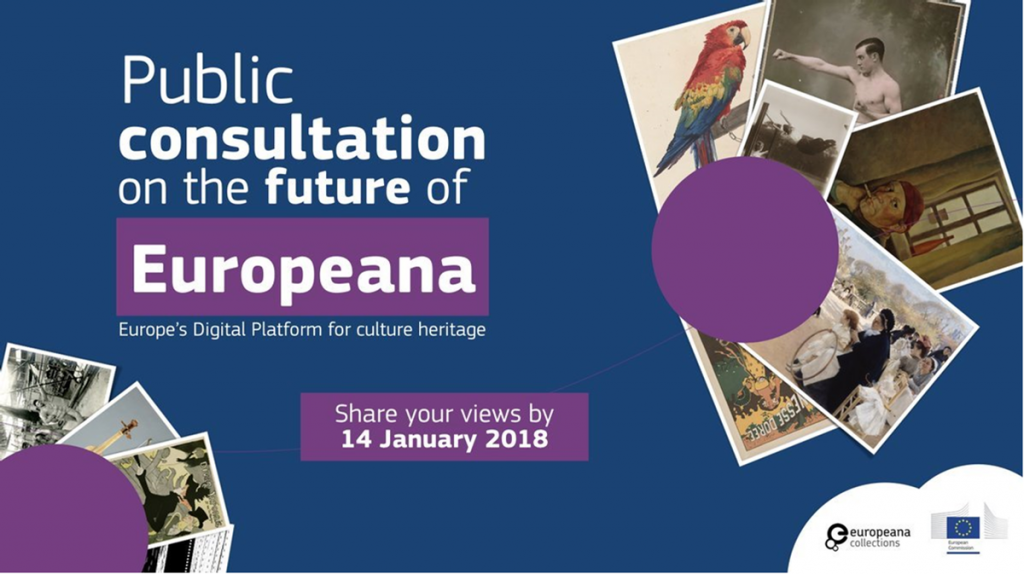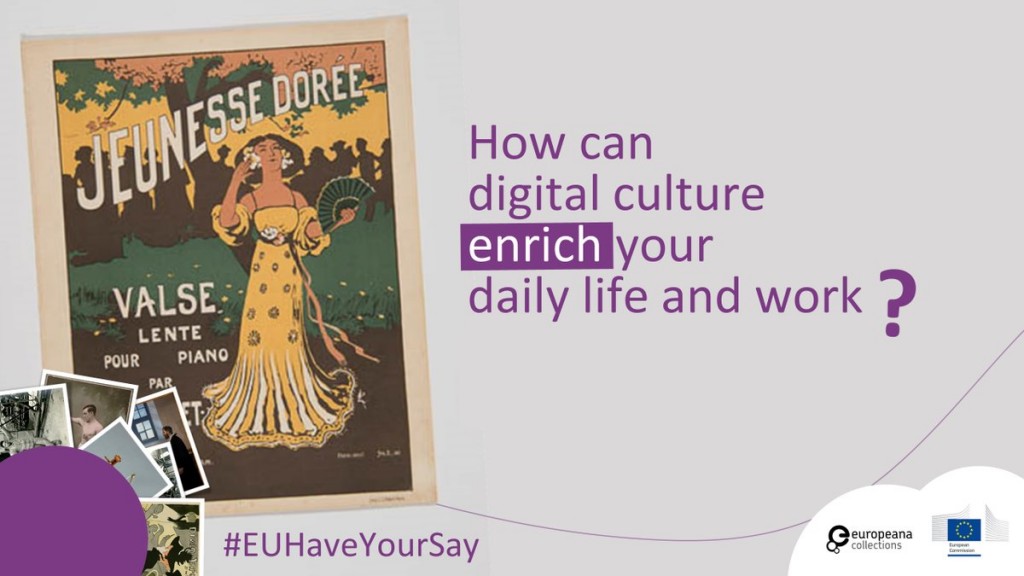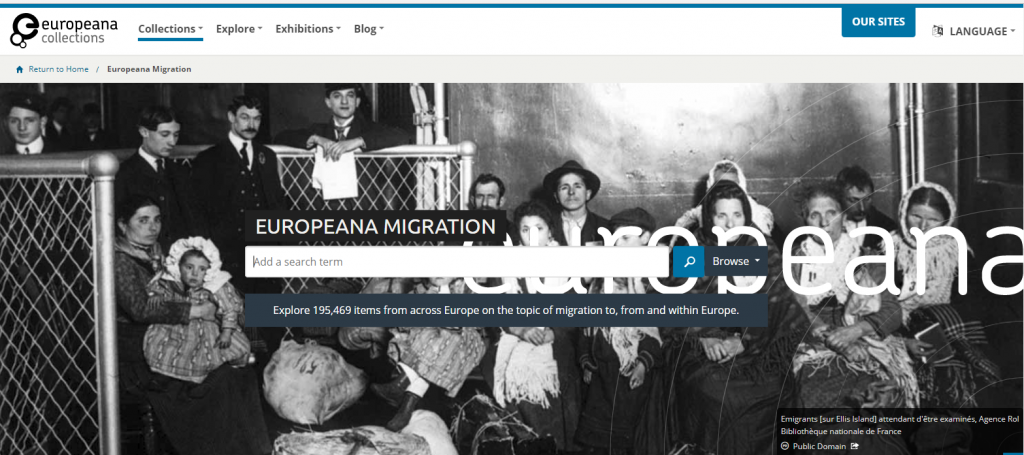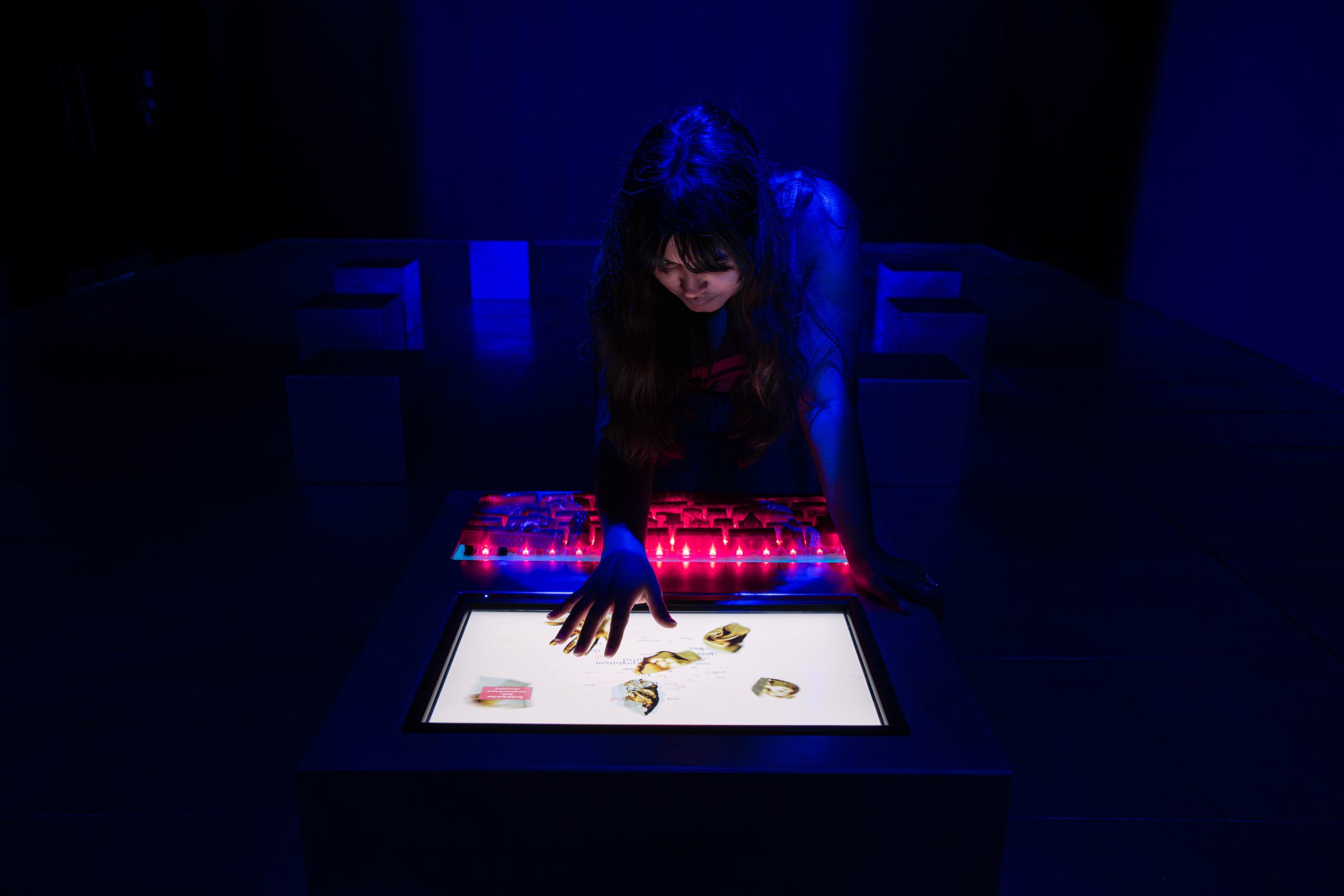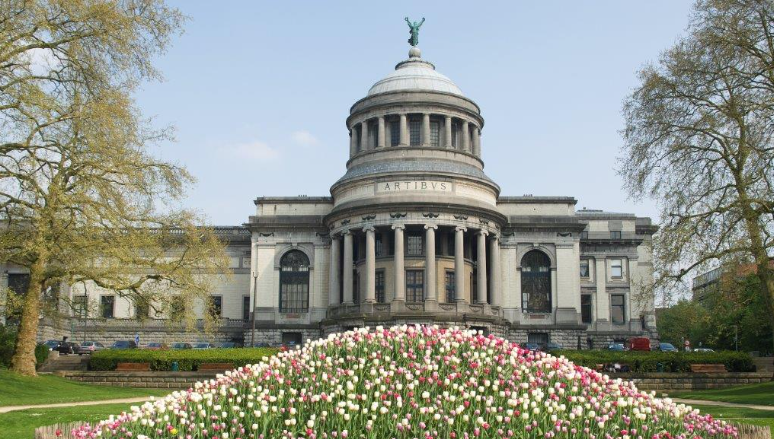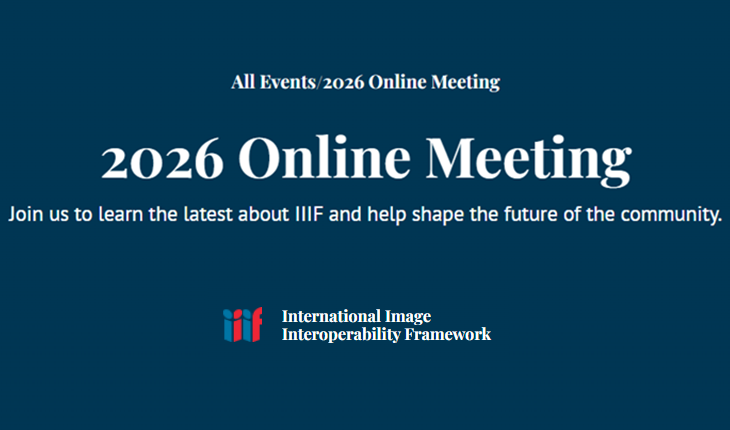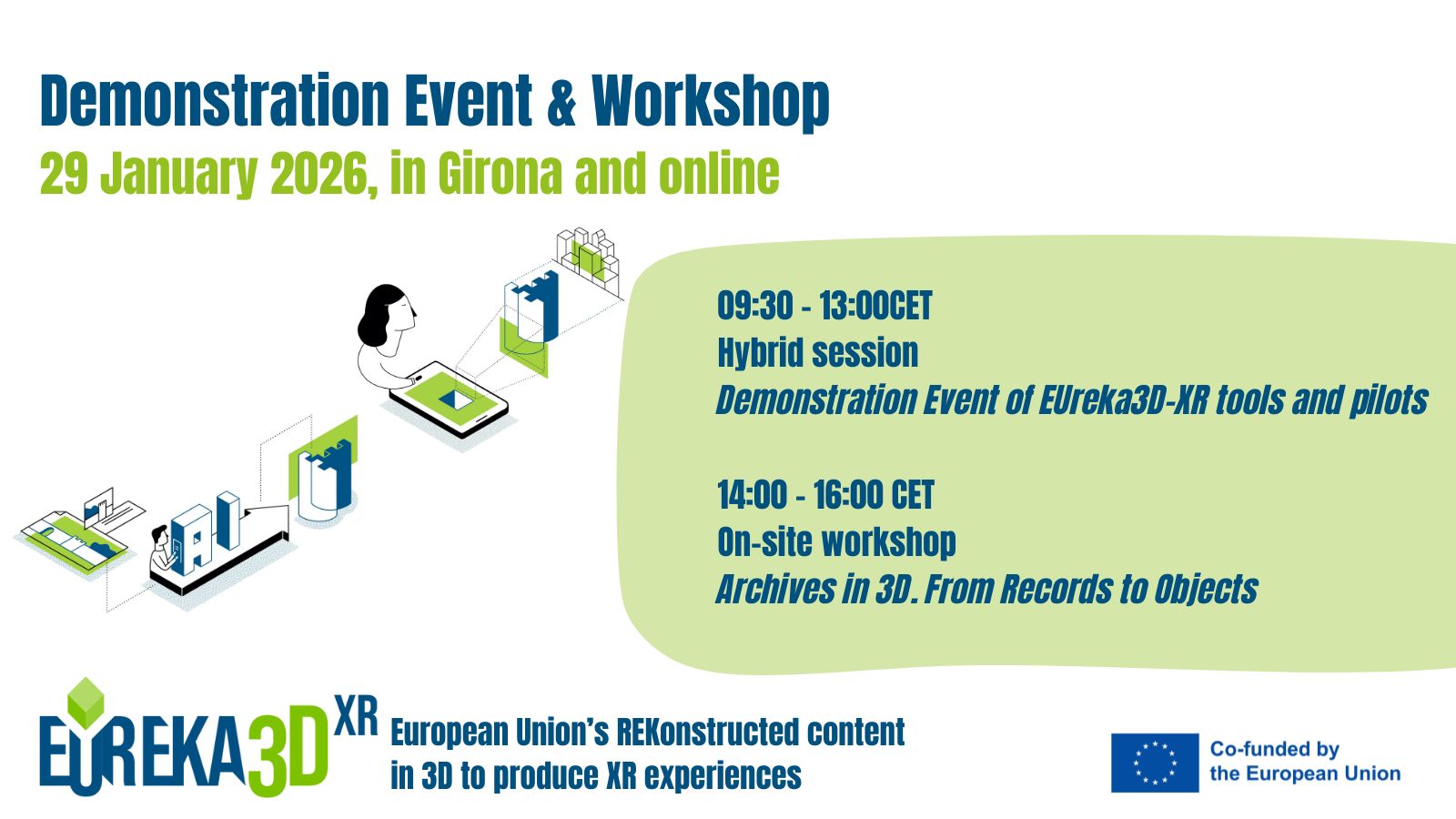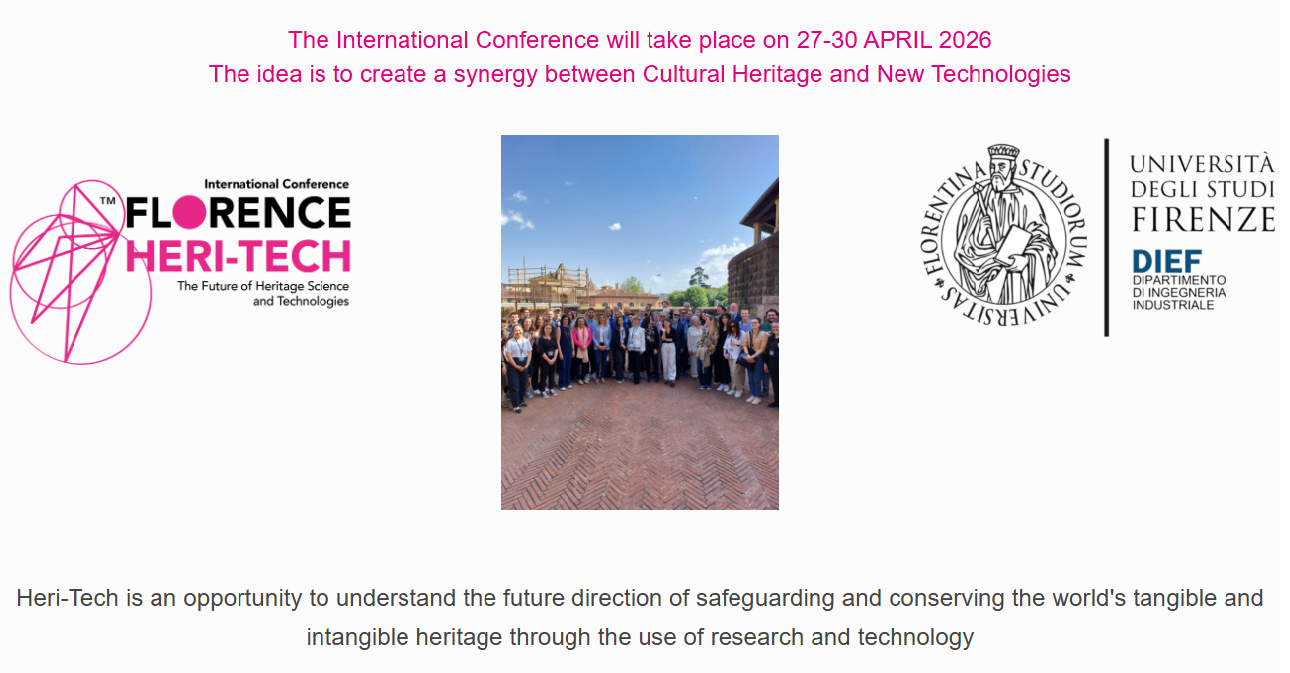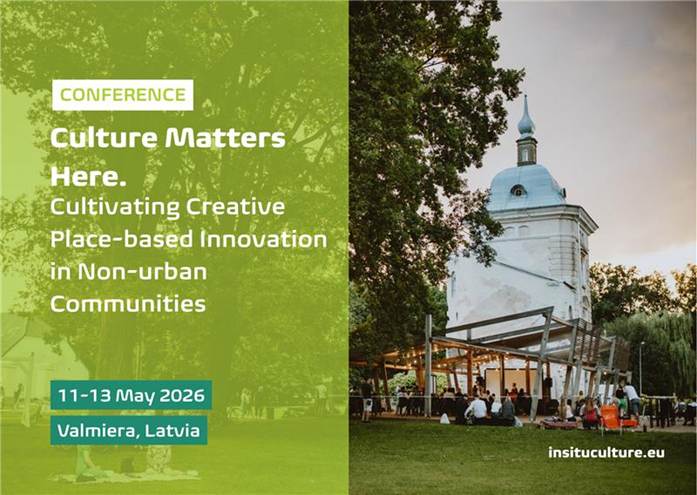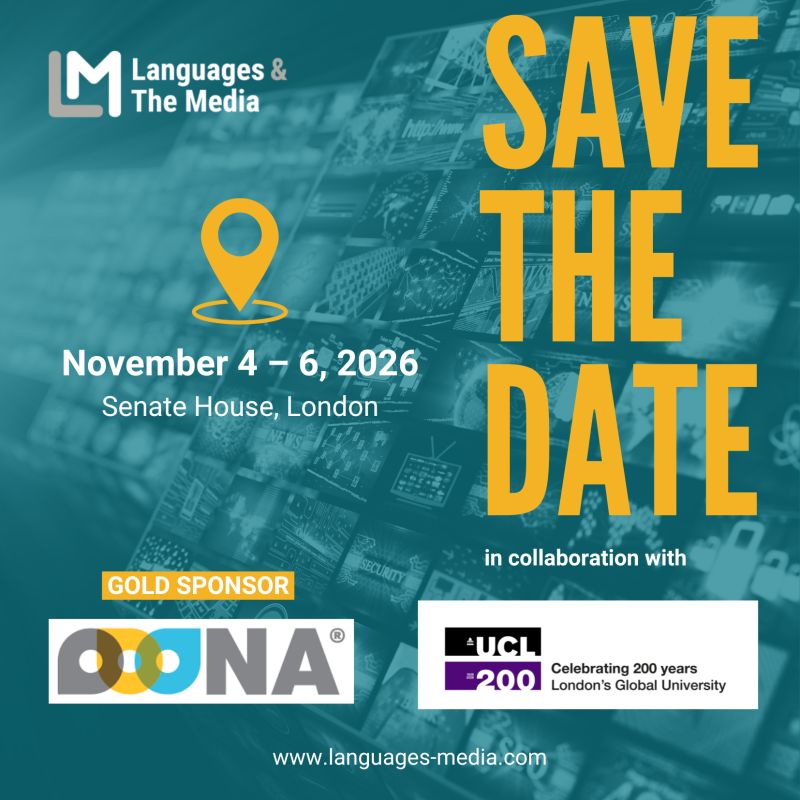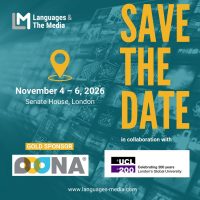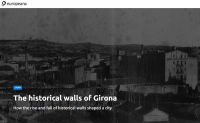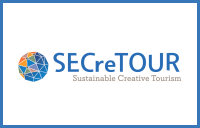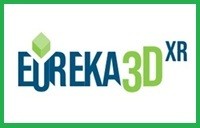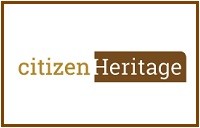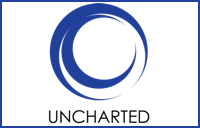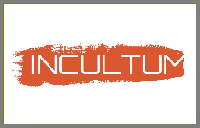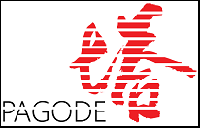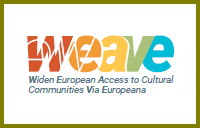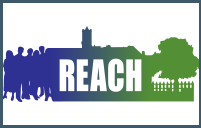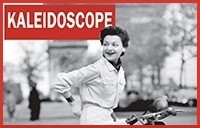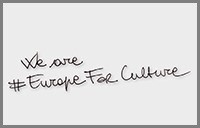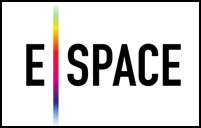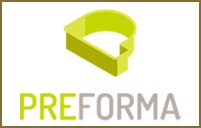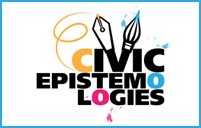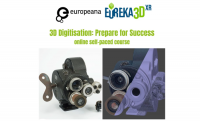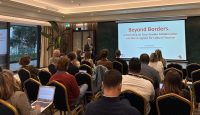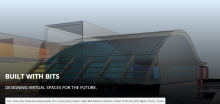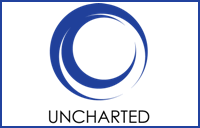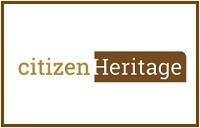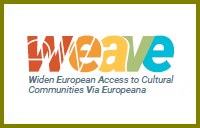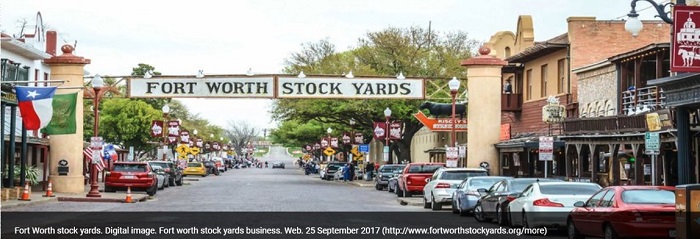 From Data to Wisdom: Resilient Integration across Societies, Disciplines, and Systems.
From Data to Wisdom: Resilient Integration across Societies, Disciplines, and Systems.
The ACM/IEEE Joint Conference on Digital Libraries in 2018 (JCDL 2018) will be held in conjunction with UNT Open Access Symposium 2018 on June 3 – 6, 2018 in Fort Worth, Texas, the rustic and artistic threshold into the American West. It will be hosted by three units of the University of North Texas (UNT) — the College of Information, the UNT Health Science Center, and the UNT Libraries. Its co-organizer includes the School of Information Management at Wuhan University.
A call for participation is currenly open with deadlines on Jan. 15, 2018 (Tutorial and workshop proposal submissions; Full paper and short paper submissions) and Jan. 29, 2018 (Panel, poster and demonstration submissions).
JCDL welcomes interesting submissions ranging across theories, systems, services, and applications. We invite those managing, operating, developing, curating, evaluating, or utilizing digital libraries broadly defined, covering academic or public institutions, including archives, museums, and social networks. We seek involvement of those in iSchools, as well as working in computer or information or social sciences and technologies. Multiple tracks and sessions will ensure tailoring to researchers, practitioners, and diverse communities including data science/analytics, data curation/stewardship, information retrieval, human-computer interaction, hypertext (and Web/network science), multimedia, publishing, preservation, digital humanities, machine learning/AI, heritage/culture, health/medicine, policy, law, and privacy/intellectual property.
Website: https://2018.jcdl.org/
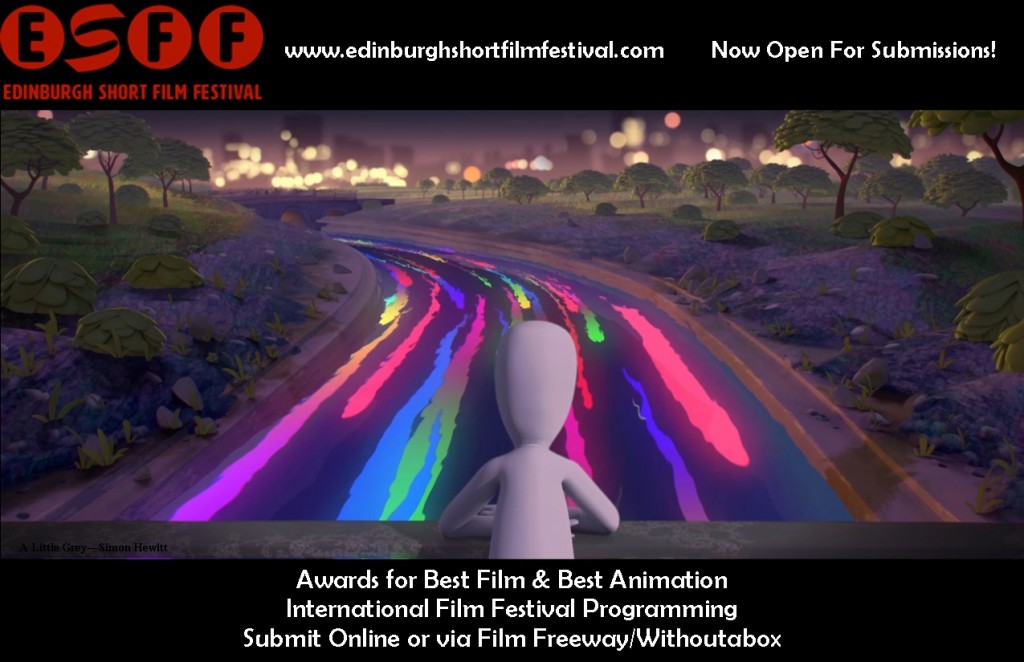


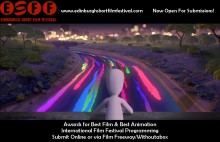

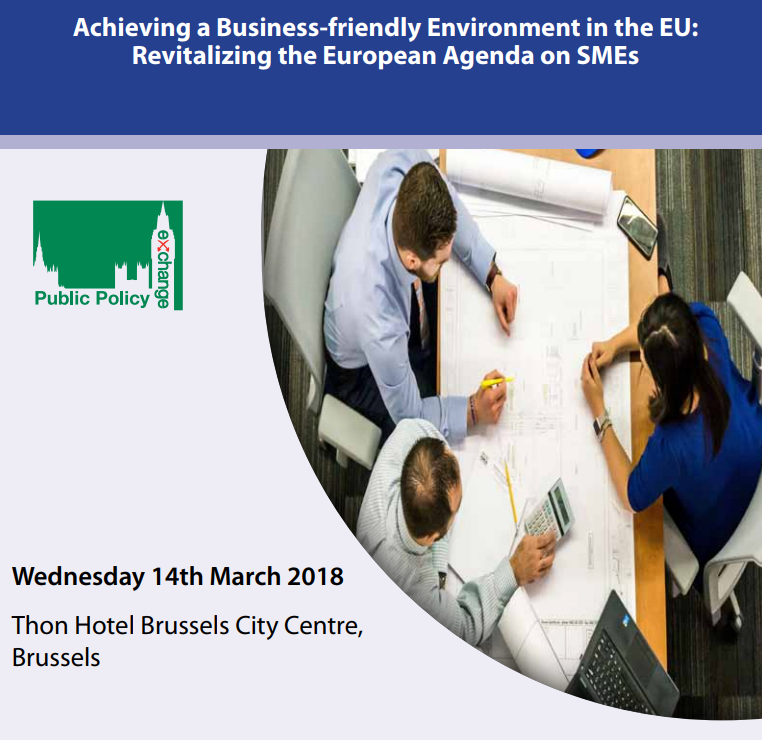
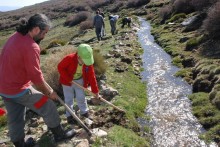
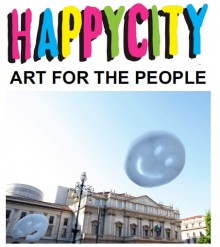
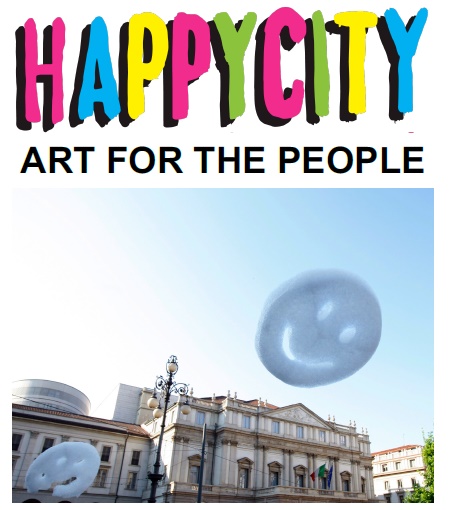

 From Data to Wisdom: Resilient Integration across Societies, Disciplines, and Systems.
From Data to Wisdom: Resilient Integration across Societies, Disciplines, and Systems.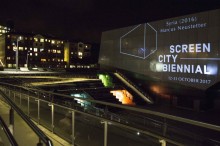
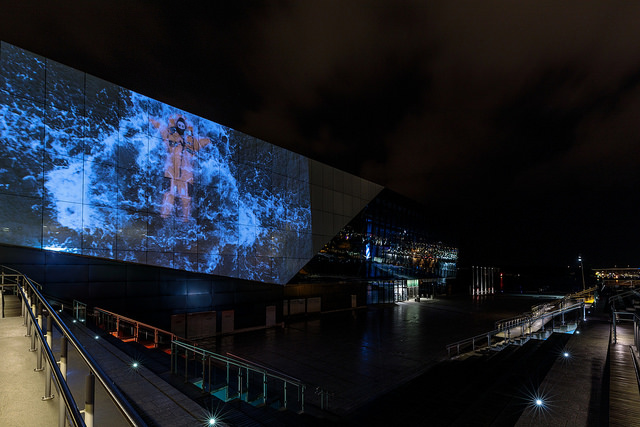
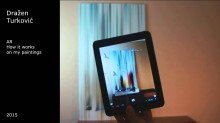
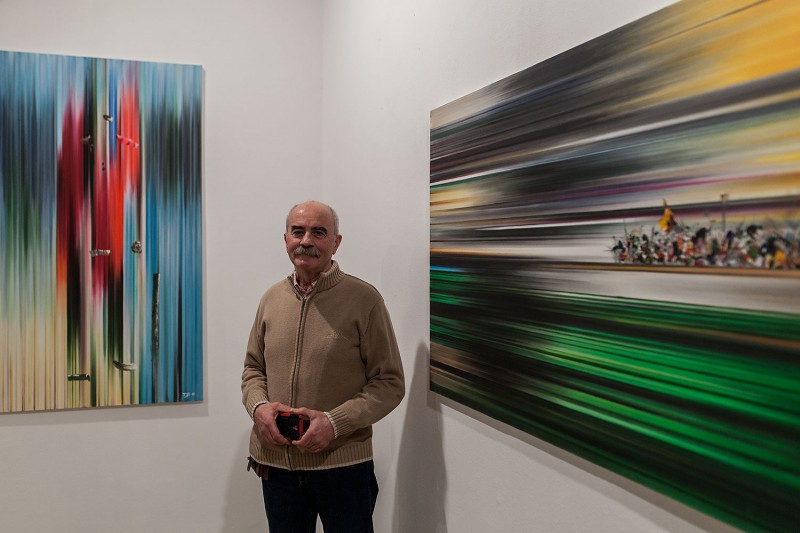
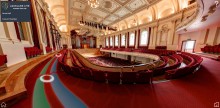
 Auckland Live is a part of Regional Facilities Auckland, committed to promoting the arts, and supporting inclusiveness and access to the arts for all.
Auckland Live is a part of Regional Facilities Auckland, committed to promoting the arts, and supporting inclusiveness and access to the arts for all.